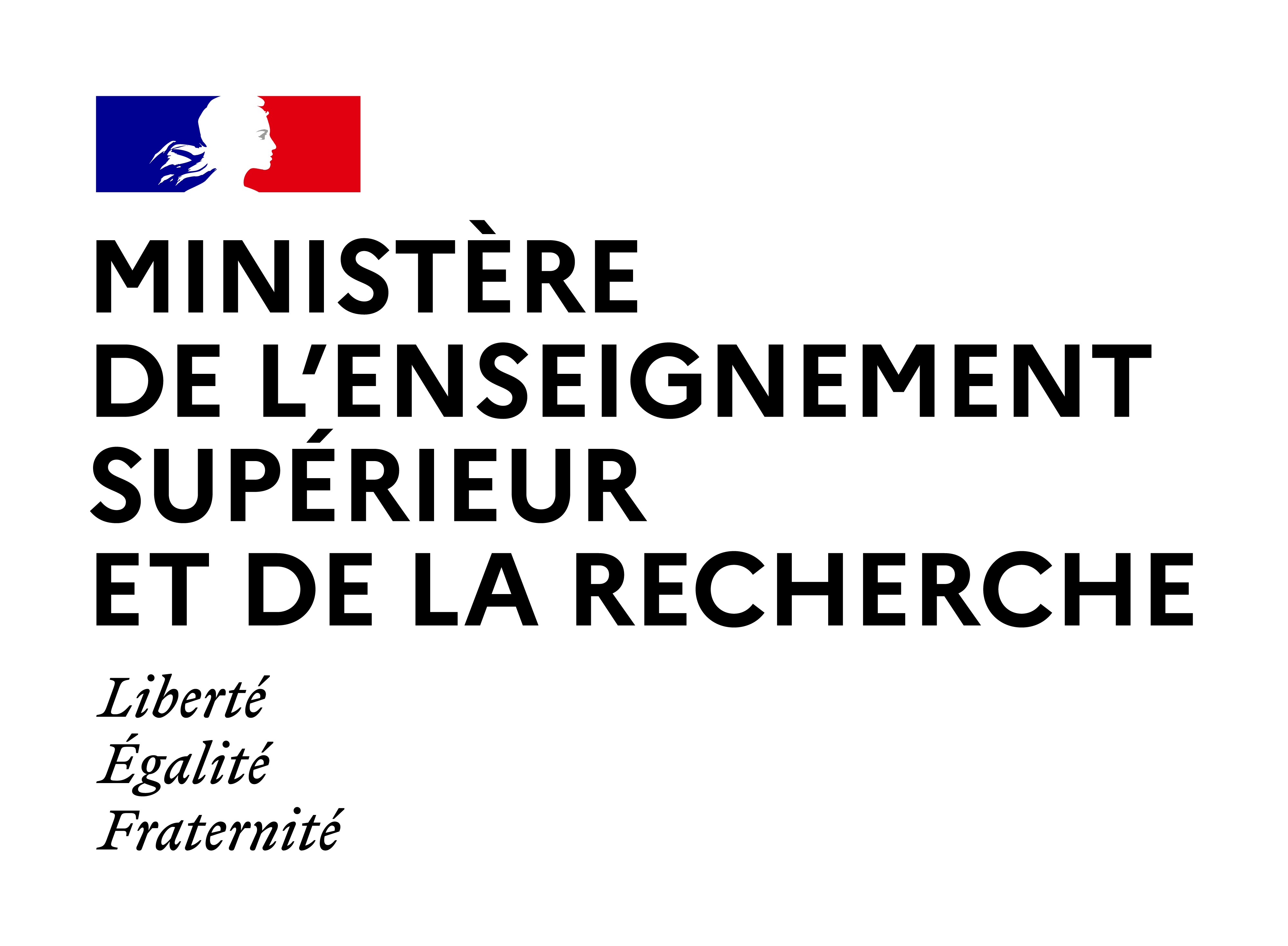Expected Outcome:
Photovoltaic (PV) energy systems are one of the cheapest and fastest growing sources of electricity generation, largely thanks to an important decrease in the cost of solar modules in the last 10-15 years, and to their simple installation. The PV market is changing fast, recently transitioning to high-efficiency crystalline silicon cell concepts (e.g., Tunnel Oxide Passivated Contact (TOPCon), Heterojunction (HJT), Interdigitated Back Contact (IBC), tandem, etc.), larger modules or novel designs (e.g., bifacial), use of new materials (e.g., anti-reflection and anti-soiling coatings, thinner glass, new encapsulants and backsheets), or increased number and topology of busbars or wires. There is no PV lifetime definition, but manufacturers usually guarantee a 25-year lifetime with an expected degradation rate of 0.8% per year. However, abnormal degradation rates are still reported for cell and module technologies due to a variety of failures which reduce reliability and increase the cost of PV systems operation.
Project results are expected to contribute to all of the following expected outcomes:
- Reduced degradation to levels that enable longer PV module lifetimes;
- Increased module durability and reliability;
- Resource efficiency and lifelong energy yield improvement of PV systems;
- Decreased levelised cost of electricity (LCOE);
- Execution of the solar energy joint research and innovation agenda[1].
Scope:
The degradation rate might vary depending on many factors such as material properties, environmental stress (solar irradiance, humidity, temperature, wind speed, dust, etc.), installation, design and type of components and connections, with some components deteriorating on their own and others impacting additional PV components, leading to more severe failures. To tackle these issues and extend the lifetime of PV modules (and systems) proposals are expected to:
- Identify defects and failure modes encountered in recently developed high-efficiency or novel design c-silicon modules themselves and their components, exploring their mechanisms and root causes, reviewing each component’s susceptibility to defects and failures and impacting additional PV components;
- Develop, where necessary, simple, cost-effective and accurate module defect detection techniques (including through Artificial Intelligence (AI)), applicable to most PV modules and systems;
- Propose mitigation approaches at module and system level and validate approaches through modelling and/or AI modelling and lab testing;
- Perform outdoor field experiments and testing to determine degradation rates and/or to identify defects and failure modes and estimate service lifetime.
Different locations representing the European range of climates are to be considered for field experiments.
This topic implements the co-programmed European Partnership for Innovation in Photovoltaics (EUPI-PV). As such, projects resulting from this topic will be expected to report on the results to the European Partnership for Innovation in Photovoltaics (EUPI-PV) in support of the monitoring of its KPIs.
[1] Commission Staff Working Document "Solar energy joint research and innovation agenda with Member States in the context of the European Research Area (ERA)"





